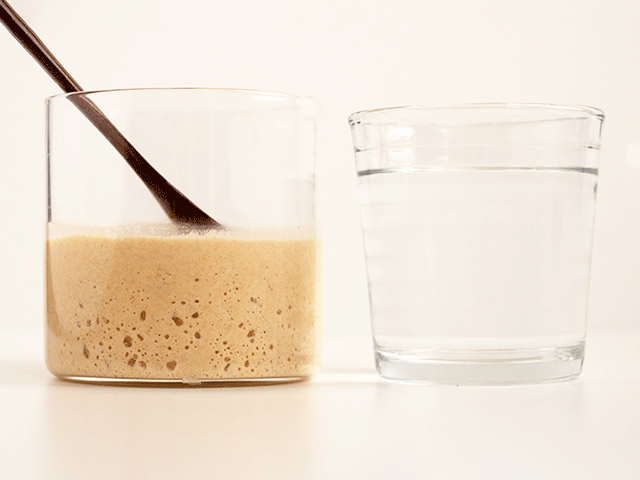
If you’ve tried recipes like my No-Knead Artisan-Style Sourdough Bread, then you may have stumbled across the float test.
Many sourdough recipes rely on the float test to determine whether a starter is ready to bake. If your starter doesn’t pass this test, you may need to wait a few hours (or several days) before you can try again.
But is the float test helpful? Is it a good way to ensure your bread will rise as it should? Let’s take a closer look at this common baking tip.
What Is the Float Test?
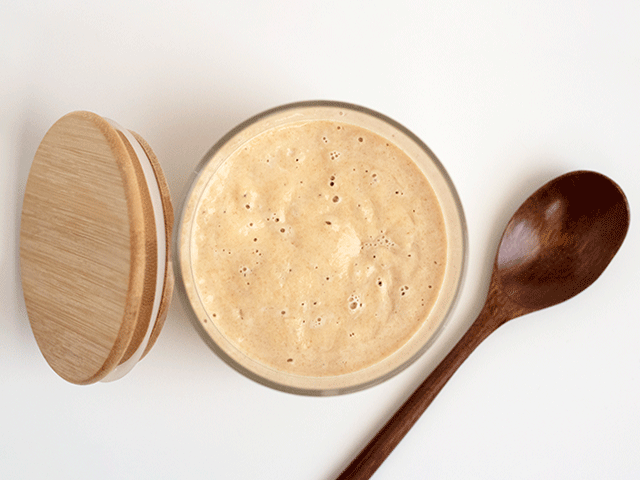
As sourdough starter matures, it releases small carbon dioxide bubbles. These bubbles often become trapped within the gluten network of the flour and water mixture. The longer your starter rises, the more gas becomes trapped in the mixture.
The float test is a technique to see whether the starter has trapped enough gas to adequately lift your bread dough.
To perform the float test, simply spoon some of your starter into a cup of water. If the blob sinks straight to the bottom, the starter has not developed enough to adequately trap carbon dioxide. If it floats on the surface of the water, your dough has enough carbon dioxide to lift your bread.
In theory, anyway.
Why Isn’t It Reliable?
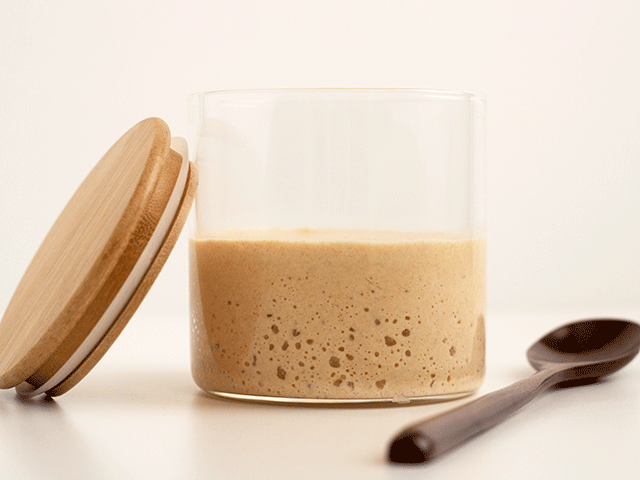
The float test works well enough for some recipes, but it does have its drawbacks. The float test isn’t reliable in a few different situations, and if you rely too heavily on it to determine whether you should bake, you might end up with a flat loaf.
False Positives
A false positive happens when a starter traps enough carbon dioxide to float. However, it doesn’t necessarily mean you should put it in your bread just yet.
Some flours, such as whole meal and rye, hold onto gas better than others. A rye starter may be more likely to float than an all-purpose one.
Additionally, not all starters are fed to 100% hydration. A stiffer starter, for example, can hold more gas than a liquid one, resulting in a false positive.
False Negatives
A false negative occurs when a fully mature starter sinks to the bottom, giving the impression that it’s not ready to bake. However, if you were to put it in your bread, you may still see a beautiful rise and oven spring.
High hydration, or liquid, starters have more water than flour. When dropped in even more water, the starter immediately starts to break down, resulting in a sinking negative.
Additionally, sourdough starters are delicate. If you are rough when handling your starter and dropping it into the water, you may knock out the gas that would otherwise make your starter float.
What Should You Do Instead?
Knowing when your starter is ready to bake is an art, which is why many bakers recommend using the float test. It’s fast and easy to understand.
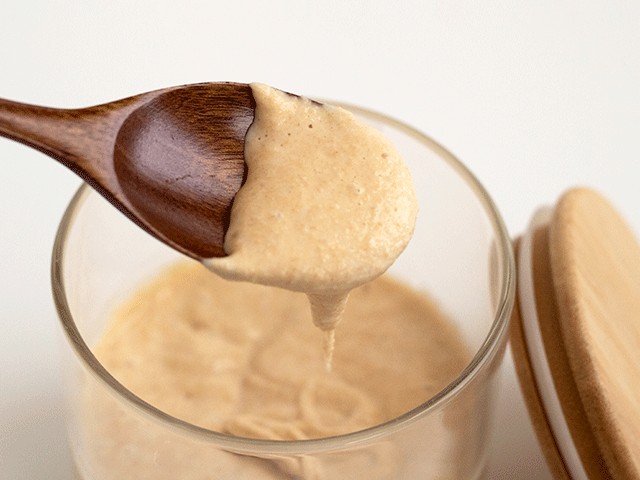
But because the float test is inconsistent, you may want to try the following methods instead:
- Look for Bubbles and Foam: When you first make a sourdough starter, the starter will look flat and smooth with the occasional bubble on its surface. But as your starter matures, it will have more bubbles on its surface. A few hours after a feeding, an active starter will foam noticeably.
- Measure the Rise and Fall: Active sourdough starters will rise and fall predictably, often doubling in size a few hours after a feeding. If you keep your starter in a jar, you can place a rubber band around the jar to mark the starter level. When the starter doubles above the rubber band mark, it’s almost ready to bake. Most recipes work best when your starter is just beginning to sag under its own weight.
- Keep Track of Its Age: How old is your sourdough starter? Most week-old sourdough starters aren’t strong enough for artisan-style loaves, though you can definitely use them to make sandwich loaves. If you want to use your starter for more complicated breads, make sure your starter is at least 2 weeks old, preferably 4 weeks or more.
You should note that all of these methods depend on you regularly feeding your sourdough starter. If your feeding times vary or if you feed your starter inconsistently, you may struggle to predict your starter’s peak baking times. If you recently took your starter out of the fridge, you’ll need to give it at least three days of regular feedings before it’s ready to use again.
Want to Know More?
I understand that sourdough starters can be fickle to work with. I’ve covered a lot of common sourdough starter questions in the past, but if you have additional questions, I’d be happy to answer them. Just post them in the comments section below and I’ll get back with you.

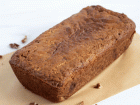
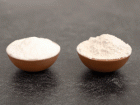

When feeding my sour dough does it need to be equal parts starter, water, flour?
That depends on the recipe you’re making! Some reviews recommend a liquid starter while others need a stiffer one. I feed my starter equal parts flour and water, but it does not matter how much starter I have to begin with.